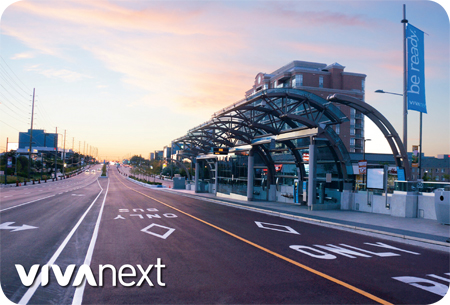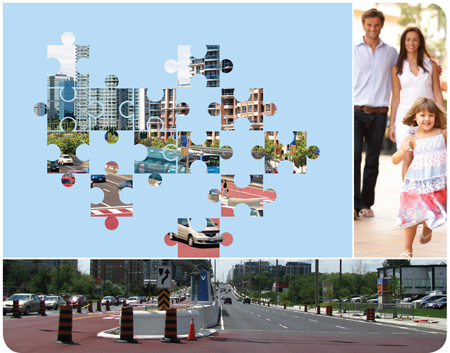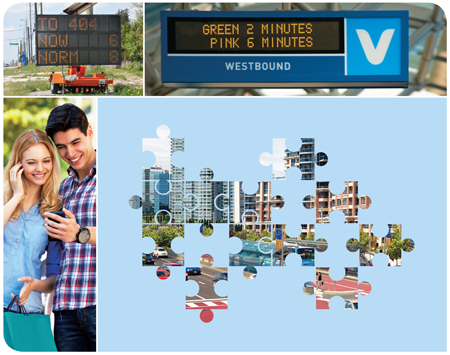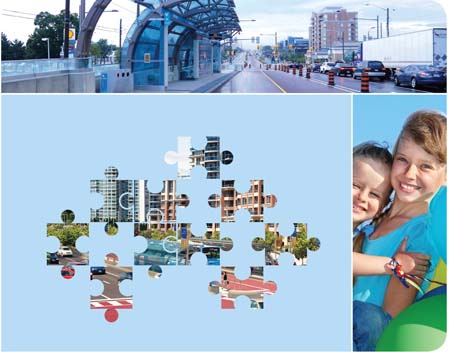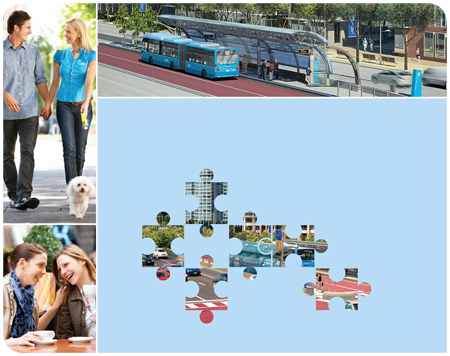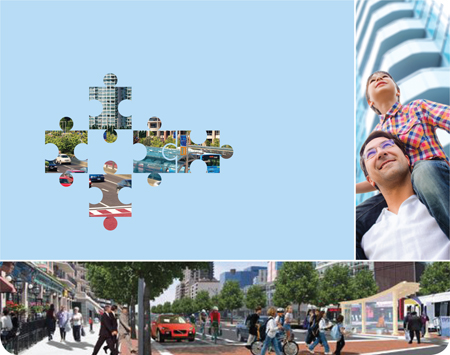The launch of the first section of the rapidway along Highway 7 from Bayview Avenue to Highway 404 is this Sunday, August 18.
Riders can now board viva in the centre lane rapidway. Vivastations are directly accessible from crosswalks at signalled intersections. Pedestrian signals come with an audible tone and visual countdown. During the first week of new service the YRT\Viva teams will be on the street to assist customers and answer any questions to help familiarize everyone with the new system.
Not only is this section of Highway 7 now more efficient for pedestrians, cyclists, riders and drivers, but the landscape has been transformed with new trees and other greenery. We welcome the wide pedestrian-friendly, tree-lined boulevards and sleek, modern, vivastations. The new vivastations will be open at Chalmers, Valleymede, West Beaver Creek, Leslie, and East Beaver Creek. Vivastations at Bayview will open in early September. An additional 3.9 kilometres of rapidway along Highway 7 from Highway 404 to Warden Avenue will open in 2014.
New dedicated centre lanes for viva vehicles will allow riders to enjoy faster and more consistent travel times. Also drivers need to be aware of the changes to the street as they make turns onto Highway 7, red asphalt indicates a bus only lane. Emergency vehicles are permitted to access the rapidways should they need to, but they will have their flashing lights on for safety.
The stations include arched glass canopies inspired by transportation architecture from historic and modern European examples. The 27-metre glass canopy offers protection from the elements, including a nine-metre enclosed and heated waiting area. The stations include all the existing viva technologies we love, including off-board fare collection, GPS navigation, real-time information, Presto, new card readers and traffic signal priority. Safety and accessibility features include textured surfaces near platform edges, level boarding from the platform to the bus, a public address system for updating riders and an emergency call button.
The York Viva BRT project received $1.4 billion from the province, and is an example of The Big Move in action – Metrolinx’s 25-year plan to implement a common vision for transportation in the Greater Toronto and Hamilton Area.
The transformation of this urban corridor will help support growth, and reduce congestion to help make York Region a more inviting place to live, work, shop and play.
Come take a ride on the new rapidway and check it out! Tweet and let us know what you think!

